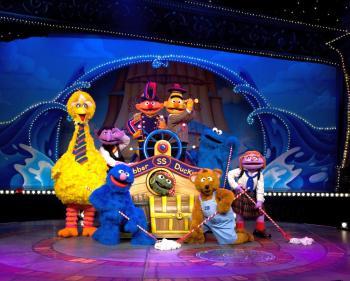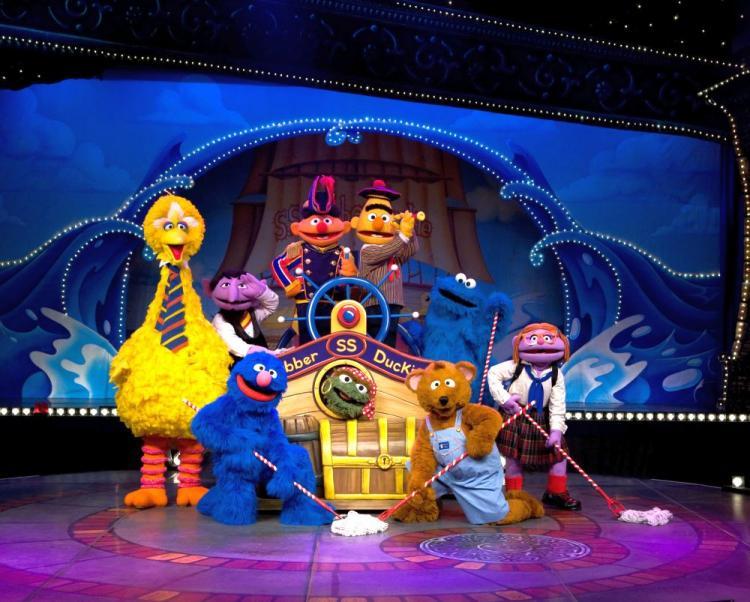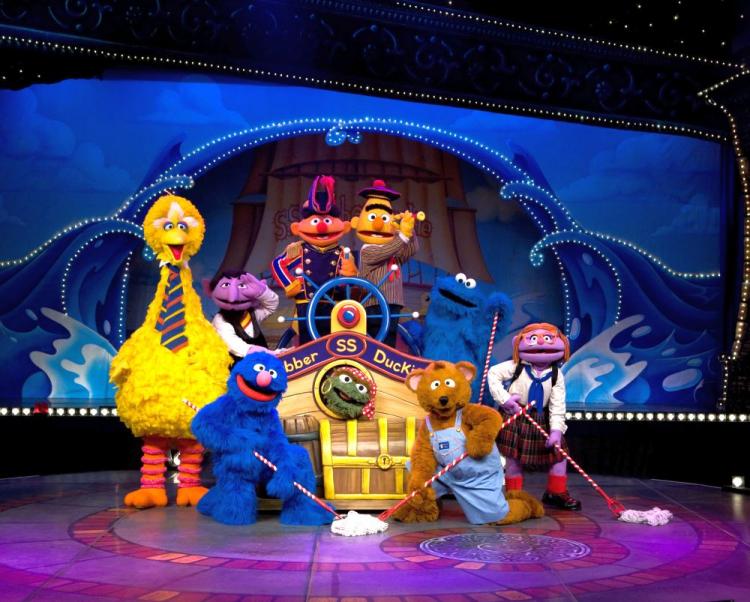The legendary children’s television program “Sesame Street” celebrates its 40th anniversary this year. Today, its characters such as Elmo and Big Bird are fixtures in the lives of young children and the show remains a program that parents can be thankful for amidst a sea of (often) questionable alternatives.
Four decades ago, it was considered a radical idea to provide children with education through media. Research and educational expertise were at the heart of the creation of the Children’s Television Workshop, the organization behind “Sesame Street,” which aimed to prepare children, especially those of low-income families, for school.
Sesame Workshop, as CTW is known today, is now considered a leading authority on education and continues to use extensive educational research to guide the creation of “Sesame Street” episodes and all of the organization’s initiatives. The company holds “that all children deserve a chance to learn and grow; to be prepared for school; to better understand the world and each other; to think, dream and discover; to reach their highest potential.” While the company is still a nonprofit, a key element in its funding strategy, which includes corporate and government sponsorship along with private gifts, is licensing.
“Sesame Street” is a ubiquitous presence in the lives of young children today, much as a result of endless licensing agreements. The show’s famous Muppets are seemingly everywhere; from television to music, to books, dolls, and toys ... but that’s not all. They are on birthday cards and wrapping, diapers, toothbrushes and toothpaste, clothes, and even on food. What’s more, they can be found at Sesame Place, the Disney-esque amusement park in Langhorne, PA and on stage in the touring show “Sesame Street Live.” These brand extensions, while varied in quality, have proven an excellent source of revenue as well as recognition over the years.
At the heart of 40 years of success is the show itself. “Sesame Street” has managed to stay current while maintaining the formula elements that endeared it to its first viewers. Each episode from the very beginning has featured a letter and number “of the day”—slowly and repeatedly teaching youngsters the very basics. Through the years, the new Muppets have been introduced, most successfully with the kid-favorite Elmo. The show has dealt with social and emotional issues as well, most recently in a special about the troubled economy.
Through a variety of animated and live action skits and with the help of the beloved characters originally created by Jim Henson, “Sesame Street” is still a favorite among parents and children, alike. As an educational program for the youngest television viewers, it still sets the standard.
Four decades ago, it was considered a radical idea to provide children with education through media. Research and educational expertise were at the heart of the creation of the Children’s Television Workshop, the organization behind “Sesame Street,” which aimed to prepare children, especially those of low-income families, for school.
Sesame Workshop, as CTW is known today, is now considered a leading authority on education and continues to use extensive educational research to guide the creation of “Sesame Street” episodes and all of the organization’s initiatives. The company holds “that all children deserve a chance to learn and grow; to be prepared for school; to better understand the world and each other; to think, dream and discover; to reach their highest potential.” While the company is still a nonprofit, a key element in its funding strategy, which includes corporate and government sponsorship along with private gifts, is licensing.
“Sesame Street” is a ubiquitous presence in the lives of young children today, much as a result of endless licensing agreements. The show’s famous Muppets are seemingly everywhere; from television to music, to books, dolls, and toys ... but that’s not all. They are on birthday cards and wrapping, diapers, toothbrushes and toothpaste, clothes, and even on food. What’s more, they can be found at Sesame Place, the Disney-esque amusement park in Langhorne, PA and on stage in the touring show “Sesame Street Live.” These brand extensions, while varied in quality, have proven an excellent source of revenue as well as recognition over the years.
At the heart of 40 years of success is the show itself. “Sesame Street” has managed to stay current while maintaining the formula elements that endeared it to its first viewers. Each episode from the very beginning has featured a letter and number “of the day”—slowly and repeatedly teaching youngsters the very basics. Through the years, the new Muppets have been introduced, most successfully with the kid-favorite Elmo. The show has dealt with social and emotional issues as well, most recently in a special about the troubled economy.
Through a variety of animated and live action skits and with the help of the beloved characters originally created by Jim Henson, “Sesame Street” is still a favorite among parents and children, alike. As an educational program for the youngest television viewers, it still sets the standard.







